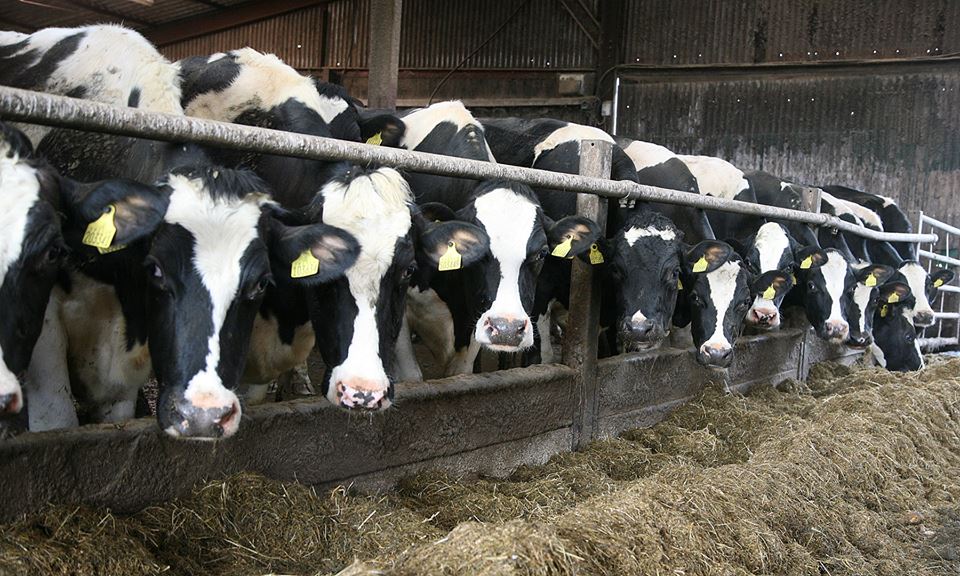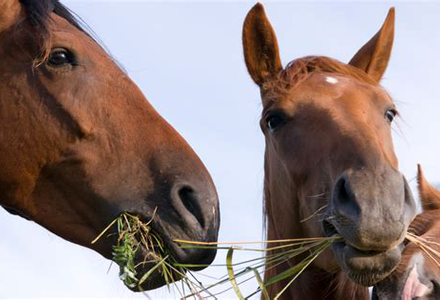Why silage and not hay?
Hay used to be the traditional method of forage conservation in the UK but has been superseded by silage in recent years. In 1970 about 80% of the grass conserved was as hay but this had fallen to less than 30% by 1990 due to a 5-fold increase in silage to about 46-50Mte.
 Good hay is more palatable than silage due to the high sugar content and the reduced protein breakdown. The breakdown of hay in the rumen also results in a more synchronised release of energy and protein. Its main disadvantage is its reliance on having 5 or 6 days of good weather, something which cannot normally be guaranteed in the UK.
Good hay is more palatable than silage due to the high sugar content and the reduced protein breakdown. The breakdown of hay in the rumen also results in a more synchronised release of energy and protein. Its main disadvantage is its reliance on having 5 or 6 days of good weather, something which cannot normally be guaranteed in the UK.
In order to aid the drying process it is preferable to have a stemmy, low yield crop, the latter usually achieved by application of low levels of fertiliser. The crop at harvest is therefore already of relatively low nutritive value. Further losses in feed value will be incurred during field drying, especially in poor weather, and this can result in a very variable product.
Silage is made from more digestible material and is not so reliant on the weather. Techniques for making silage have improved greatly over the last few years, making it possible now to produce high quality silage routinely. All in all, silage making makes more efficient use of the grass, reducing the need for bought-in feeds and increasing profitability.
